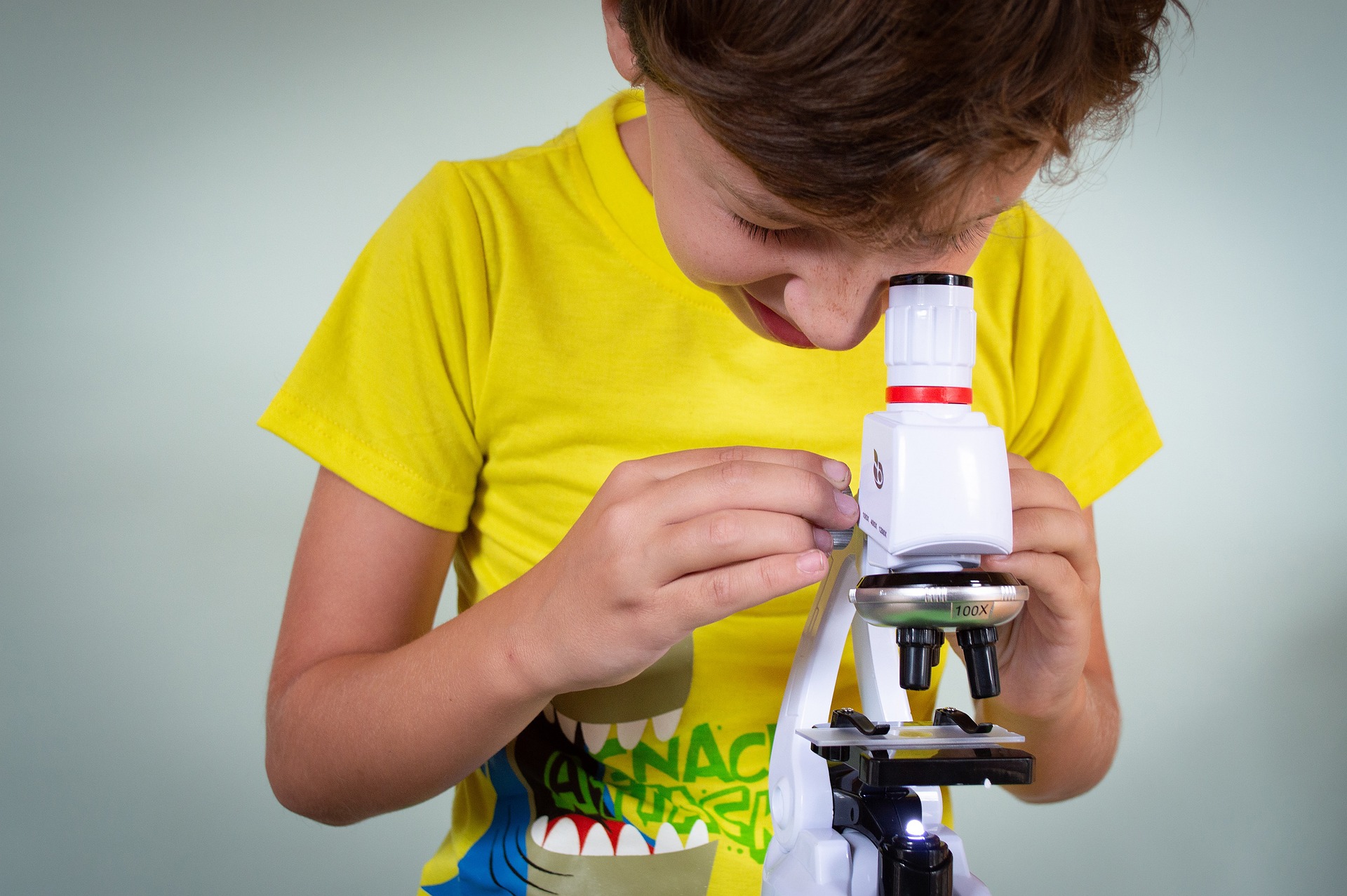Grade 1- Physical Sciences
Genius Cafe: Telus World of Science
Telus World of Science Edmonton (TWOSE) is a broad-based science centre in Edmonton, Alberta, Canada.
Experience science in our interactive galleries, IMAX Theatre, science stage, planetarium, special exhibitions and much more. The science centre features interactive exhibition galleries for all ages. The planetarium is the largest in Canada and shows are included with science centre admission.
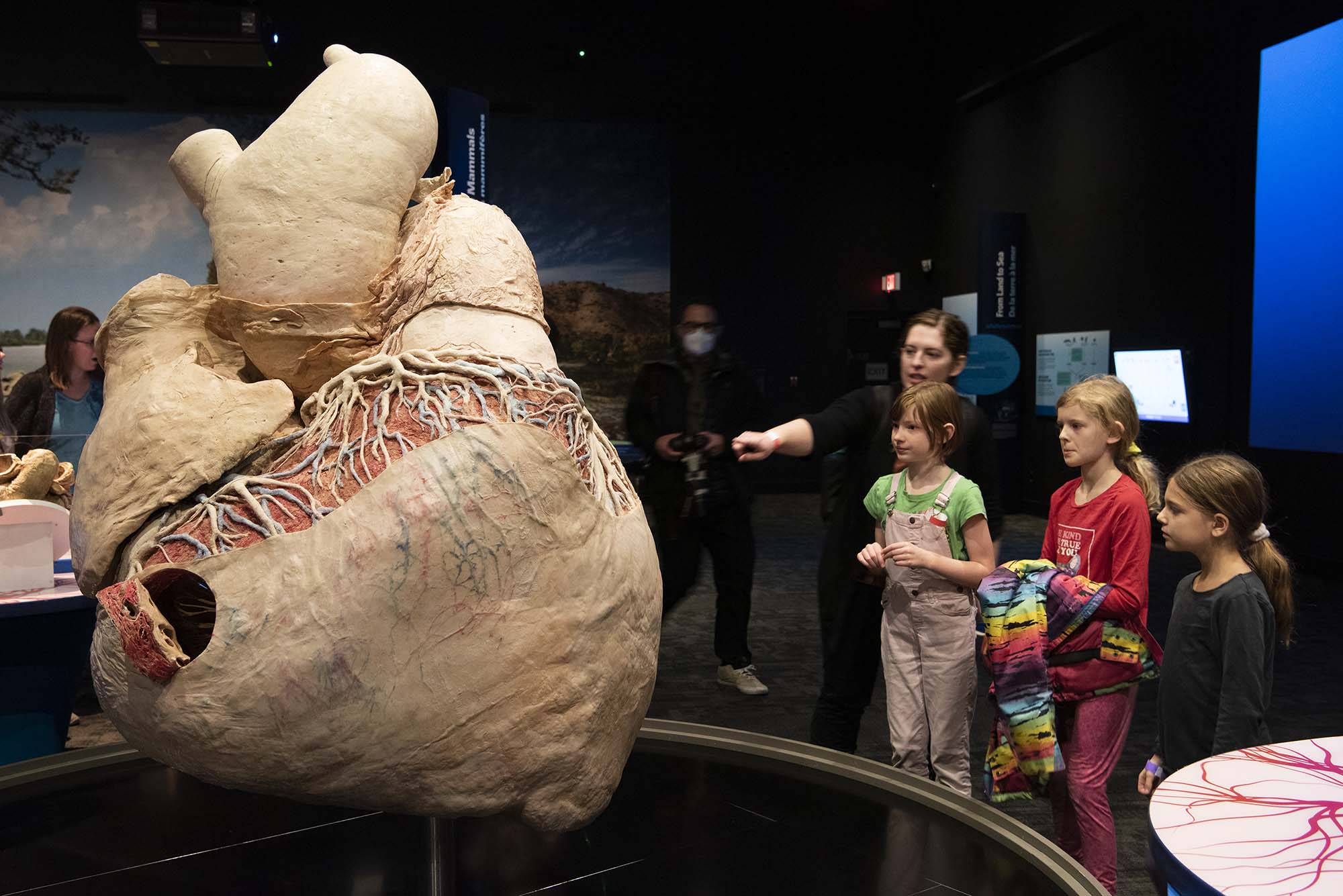
Telus World of Science hosts the Blue Whale heart exhibit.
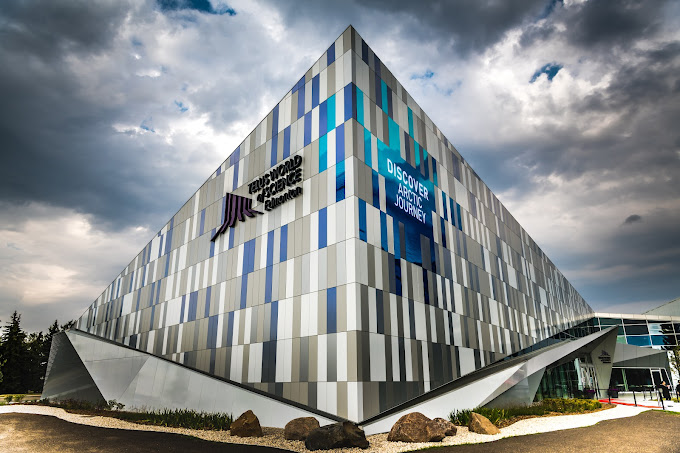
Lesson 1 - Describing Matter
When you are asked to describe something, you talk about its properties. Properties are characteristics, they show how something looks, feels, smells, tastes, and sounds. They also describe Color, size, and shape are properties.
Matter is anything that has mass and occupies space.
Everything is made of matter. Matter can occur in three forms: Solids, Liquids or Gases.
Mass is a property of matter and is how much matter is in an object. Heavy objects have more mass than lighter objects.
A Balance can be used to measure mass.
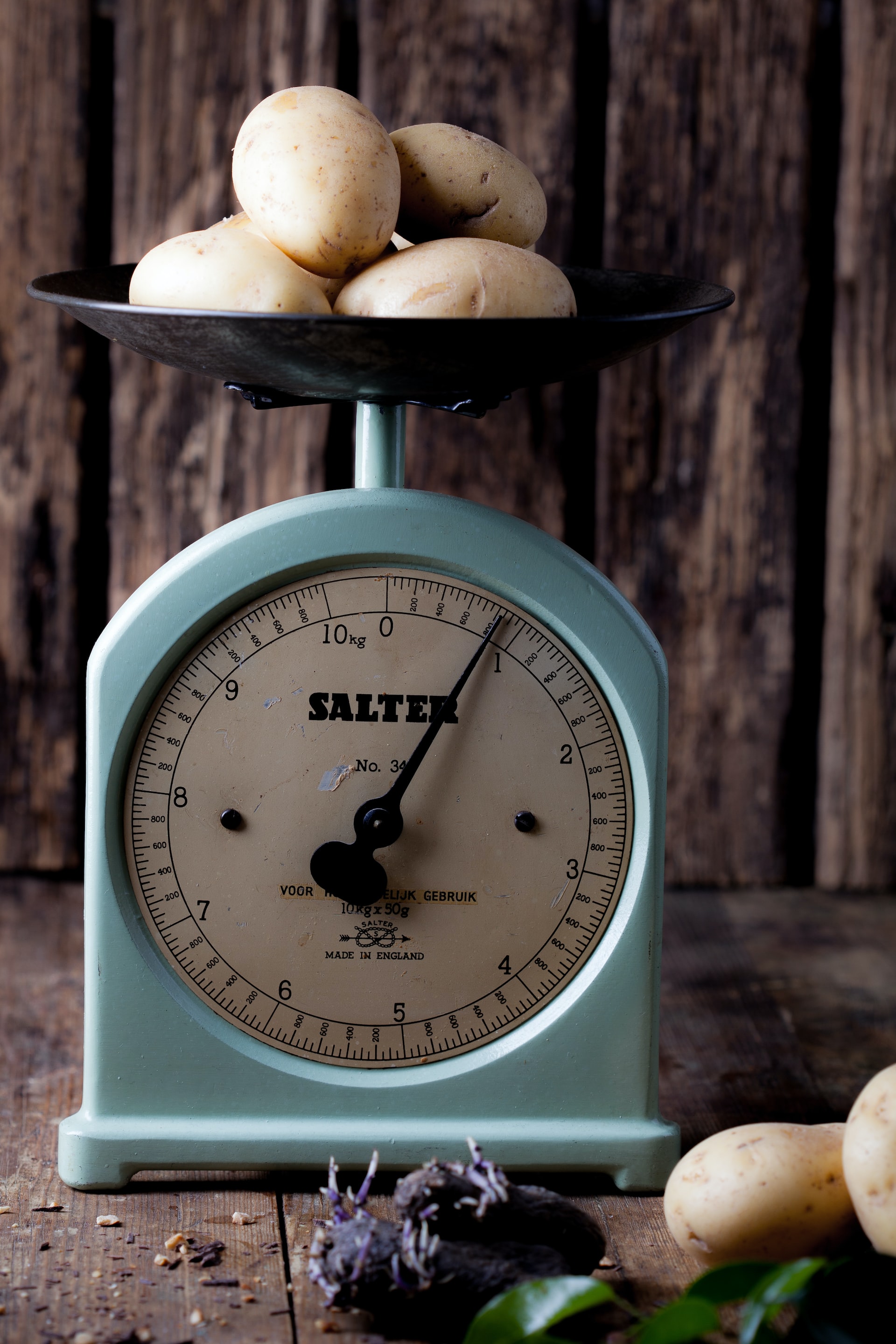
Lesson 2 - Matter Can Change
You can change matter in various ways. If you shape playdoh into different animal models, you are changing how the matter looks like but it is still a solid.
Sometimes matter can change into something else. When you burn matter, heat and air change its properties.
For example, if you burn firewood in a fireplace, you produce smoke, ash and some charcoal. All of which are different from the firewood you had in the beginning.
If you hold icecream on a hot day, it will change from a solid to a liquid in a process called melting.

Lesson 3 - Making Mixtures
A mixture is two or more different things put together. When you mix some solids, they do not change. You can see the parts of the mixture. You can take them apart.
When you mix solids with water, some objects will float. Others will sink. Sometimes you can pick the solids out of the water.
When you mix a solid and a liquid, some solids dissolve, or mix completely into the liquid. Some liquids mix completely, too.
Some liquids do not mix together. Oil and water do not mix. The two liquids stay apart.
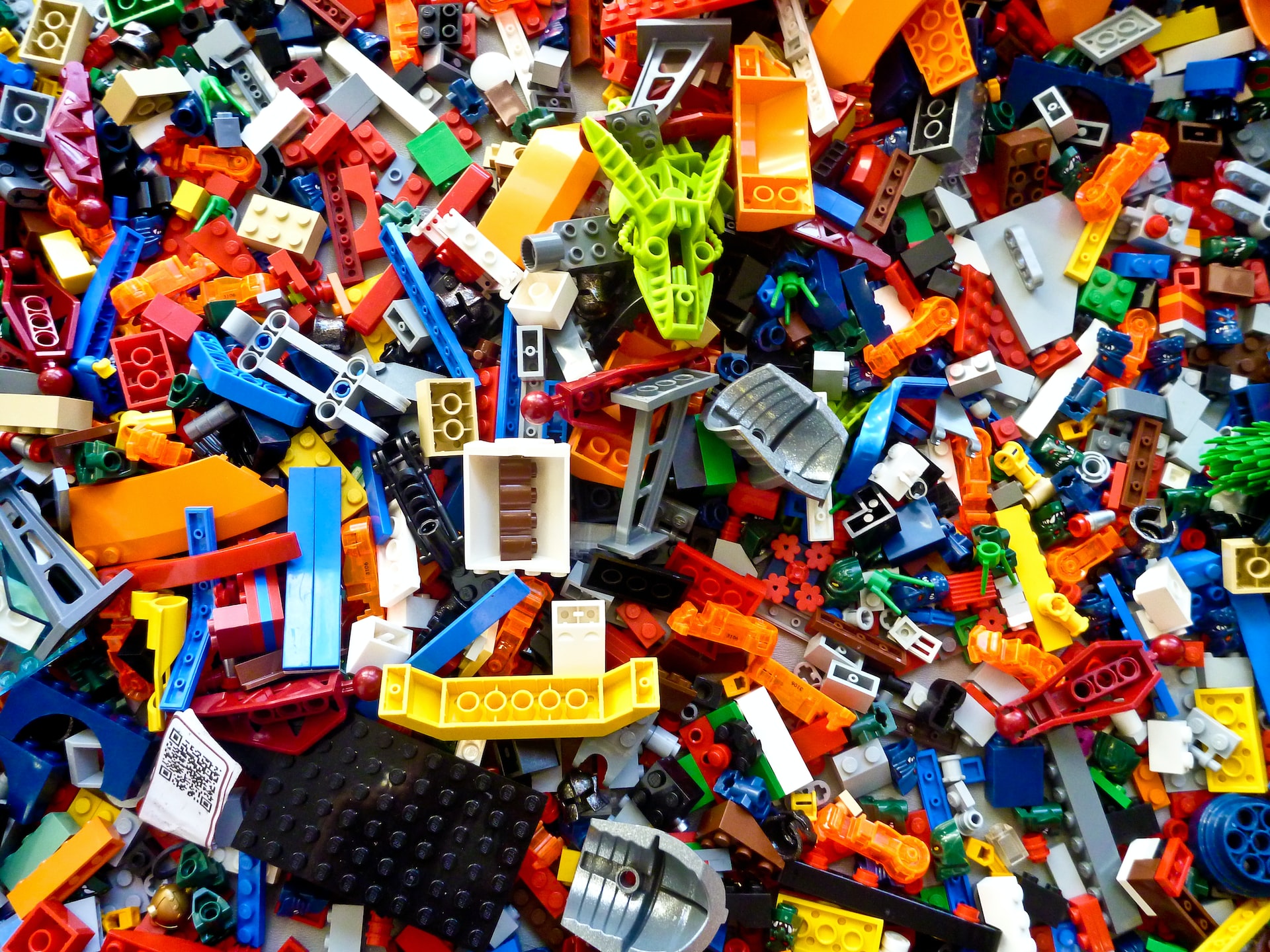
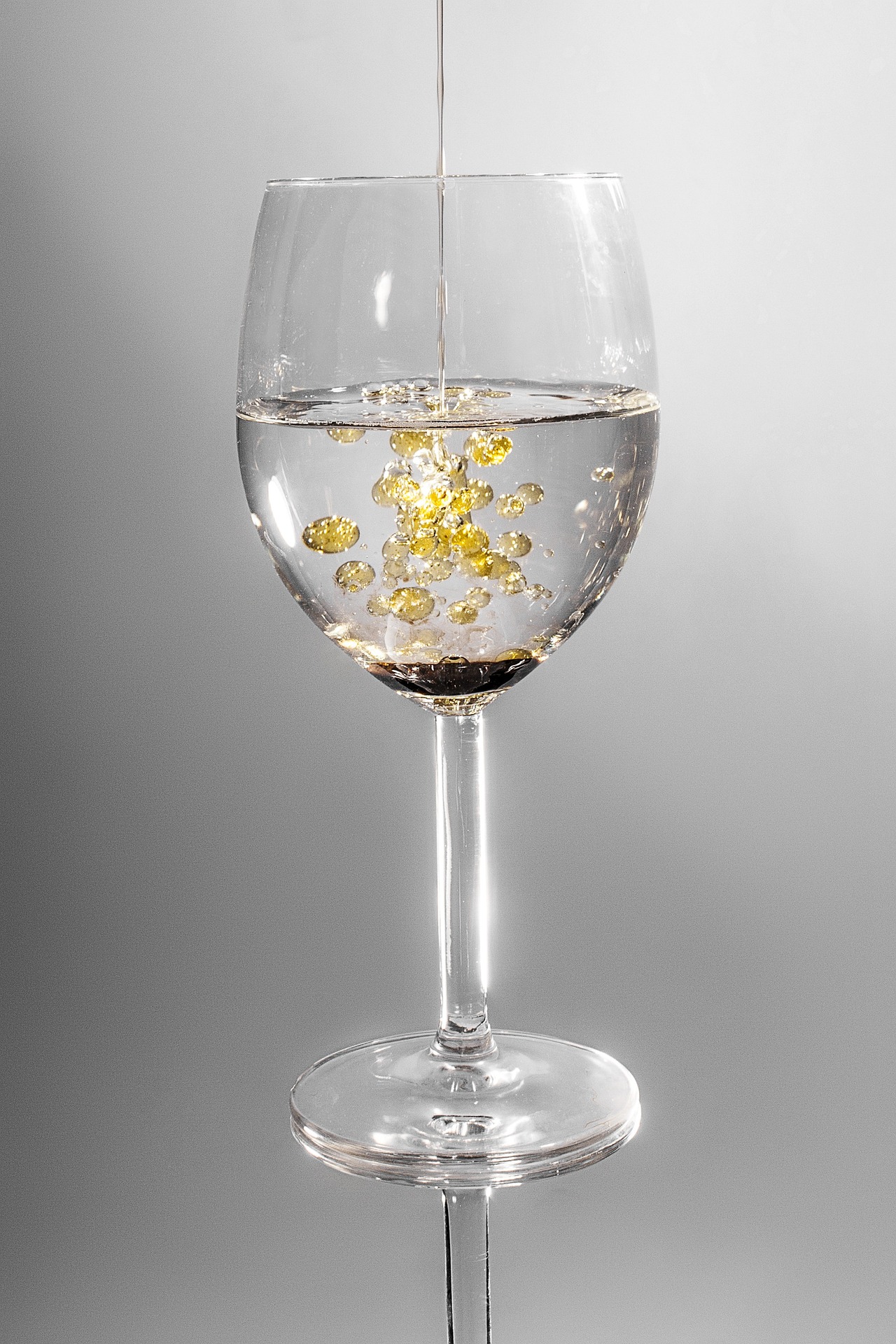
Lesson 4 - Heat Can Change Matter
Lets look at the effect of heat on matter once again.
To freeze means to change from a liquid to a solid.
To melt means to change from a solid to a liquid.
To evaporate is to go into the air as a gas.
When water vapor gets cool, it changes into a liquid. When water vapor in the air touches a cool glass, it turns back into water. That is why your glass of cold lemonade is sometimes wet on the outside.

Motion and Energy
A Push is a force that moves something away from you.
A Pull is a force that moves something closer to you.
A Magnet is something that can pull, or attract, some objects.
Heat is a form of energy that makes things warm.
Lesson 1 - Position and Motion
Position describes the place where something is located. Have you ever told your brother or sister where the crayon is located? In that case, you were describing its position.
Objects can move in many ways and directions. Motion is the change in an object’s position.
Things can move forward, backward, or in a circle.
Speed is how fast or slow something moves.
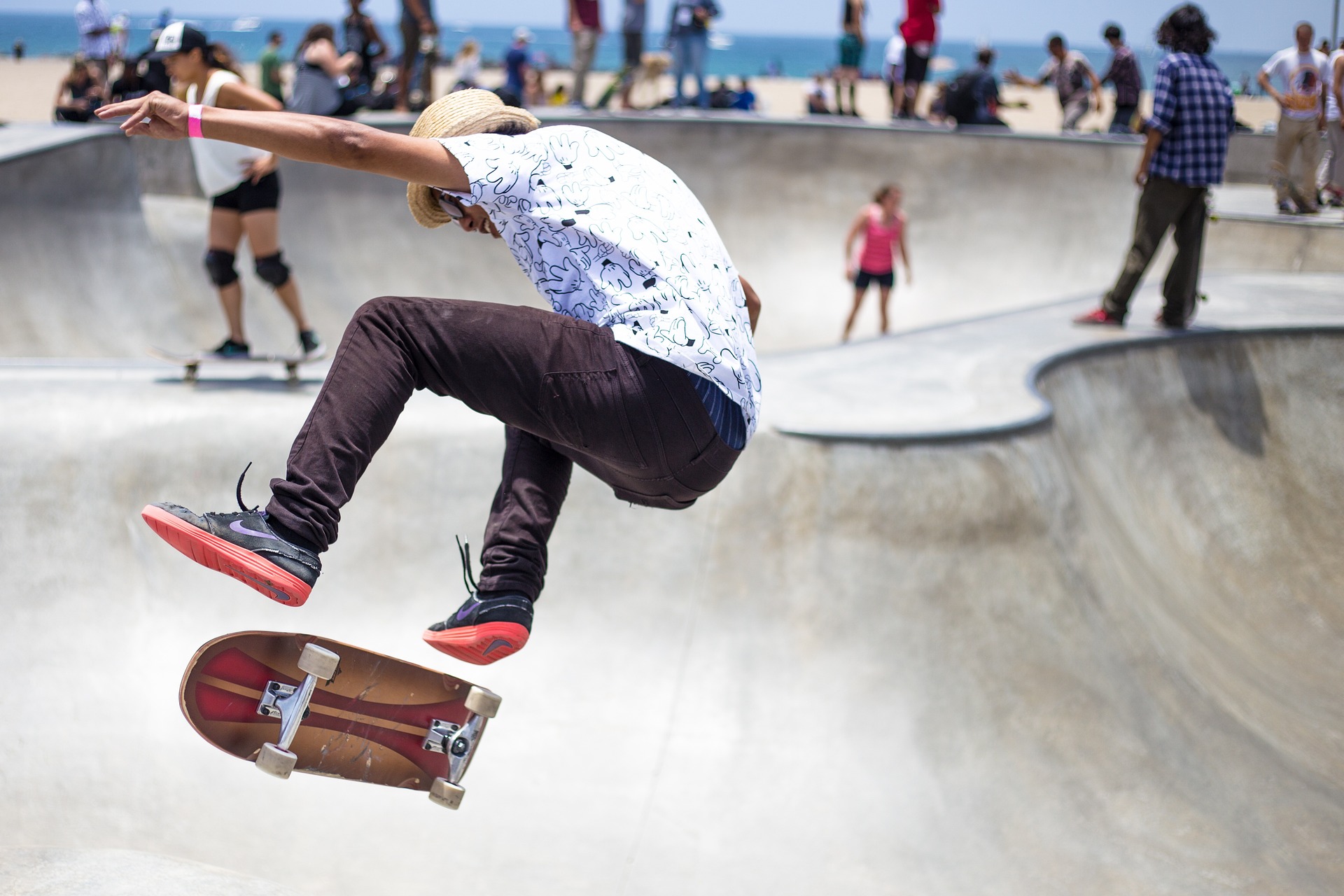
Lesson 2 - Pushes and Pulls
A push moves the object away from you. A pull moves it toward you. A Force is needed to move an object.
Gravity is the force that pulls things toward Earth. If you let go of something, gravity pulls it to the ground.
Friction is a force that slows things down. Friction is two things rubbing together.
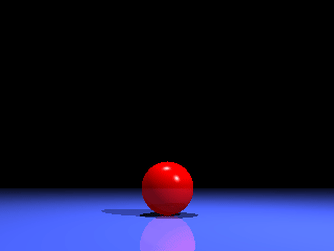
Lesson 3 - Magnets
A magnet pulls, or attracts, some kinds of objects. Magnets attract things that have iron in them. Iron is a kind of metal. Magnets do not attract things that are made of plastic, rubber, or cloth.
Every magnet has two poles. Poles are where the magnet’s pull is strongest.
The N shows the north pole.
The S shows the south pole.
If you hold the north pole of one magnet up to the south pole of another magnet, the poles will attract.
If you place two north poles or two south poles next to each other, they will repel one another. Repel means to push away.

Lesson 4 - Energy and Heat
When we eat food, we get energy to work and play. Energy makes things work and change. There are many different forms of energy.
Heat, light, sound, and electricity are some forms of energy. We use different forms of energy every day to accomplish different tasks.
Heat is energy that makes things warm. We can get heat from burning things like wood, oil, or gas. People can use this energy to warm their homes or to make cars move. We also use heat to cook. Rubbing things together generates some heat, like when you rub your hands together.

Lesson 5 - Electricity
Electricity is a form of energy. It gives some things power to work. Wires carry electricity into your home, school, teacher's office etc. You can also get electricity from batteries.
Many devices, machines and appliances need electrivity to work.
Electricity is also dangerous. For example, never use electricity near water.

Measuring Time
You can measure time with a clock. A clock measures in units called hours, minutes, and seconds. There are 60 minutes in 1 hour.

Body Parts
Your body has many parts. All your parts work together to help you live. Bones are hard body parts inside your body. They help you stand straight. Your bones give your body its shape.
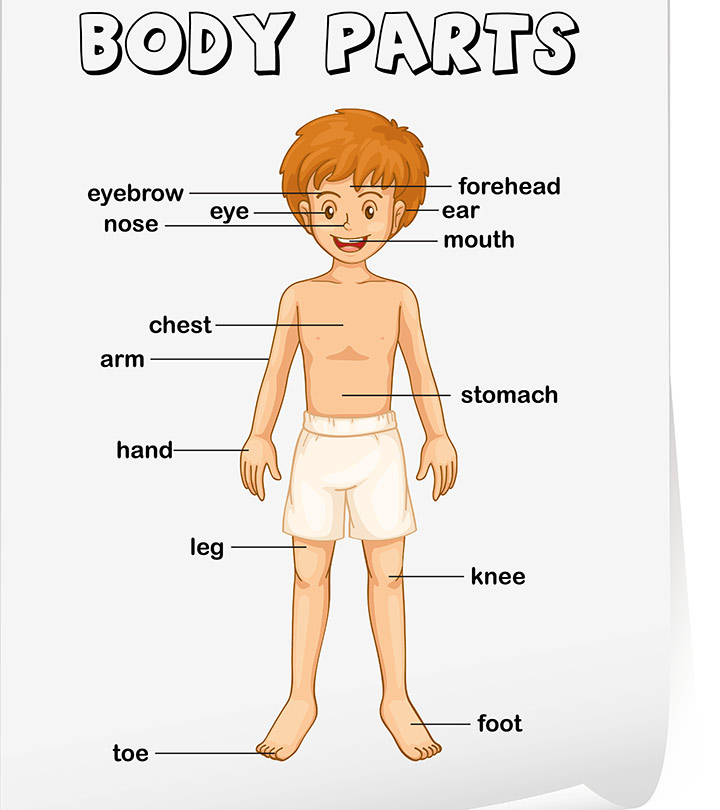
Contact Us
